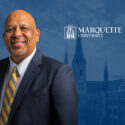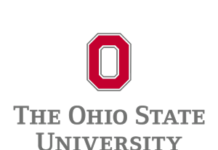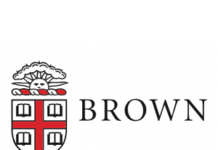by Mashref Hoque
Historically Black Colleges and Universities (HBCUs) have long been important institutions in the United States, serving as beacons of hope and educational opportunities for Black Americans. Established during the era of segregation when access to higher education was limited for people of color, HBCUs have not only provided education but also served as pillars of support, cultural identity, and community for Black students.
In recent years, HBCUs have witnessed a shift in their demographics, with an increasing number of non-Black students enrolling in these institutions. While this trend has its merits, concerns have been raised about the potential dilution of the unique culture and purpose of HBCUs. It is crucial to strike a balance between increasing diversity and preserving the essence and mission of these institutions.
Analyzing enrollment patterns over the past five years reveals interesting dynamics. The enrollment of Black or African American students has remained relatively stable, demonstrating the continued significance of HBCUs in providing higher education opportunities to this demographic. However, there has been a decline in the proportion of White students enrolled, across both public and private institutions. This trend raises questions about the factors contributing to this decrease and calls for further examination.
On the other hand, enrollment rates for other minority groups, such as American Indian or Alaska Native, Asian, Hispanic or Latino, and Native Hawaiian or Other Pacific Islander, have been increasing. This shift indicates a growing recognition of the educational benefits and inclusive environments offered by HBCUs for students from diverse backgrounds. It is important to continue fostering an environment that welcomes and supports students from these communities.
Another noteworthy trend is the rise in female enrollment at HBCUs. This increase demonstrates the appeal of these institutions in empowering women through education and highlights the role HBCUs play in promoting gender equality.
While HBCUs have evolved in terms of their student demographics, it is essential to maintain their historical purpose and cultural identity. Efforts must be made to ensure that increased diversity does not overshadow the unique experiences and opportunities that HBCUs provide to Black students. These institutions should continue to foster a welcoming and supportive environment that celebrates diversity while preserving their core mission.
In conclusion, HBCUs remain vital educational institutions, upholding their legacy of providing higher education opportunities to Black students. As their demographics evolve, it is crucial to strike a balance between increasing diversity and preserving the unique culture and purpose of HBCUs. By fostering inclusive environments, promoting dialogue, and maintaining a commitment to excellence, HBCUs can continue to be pillars of educational empowerment and social progress for all students they serve.
Mashref Hoque is a higher education business analyst professional. He previously worked for Weber State University and the University of Nebraska at Omaha. He holds a master’s degree in financial economics from Bowling Green State University in Ohio.











